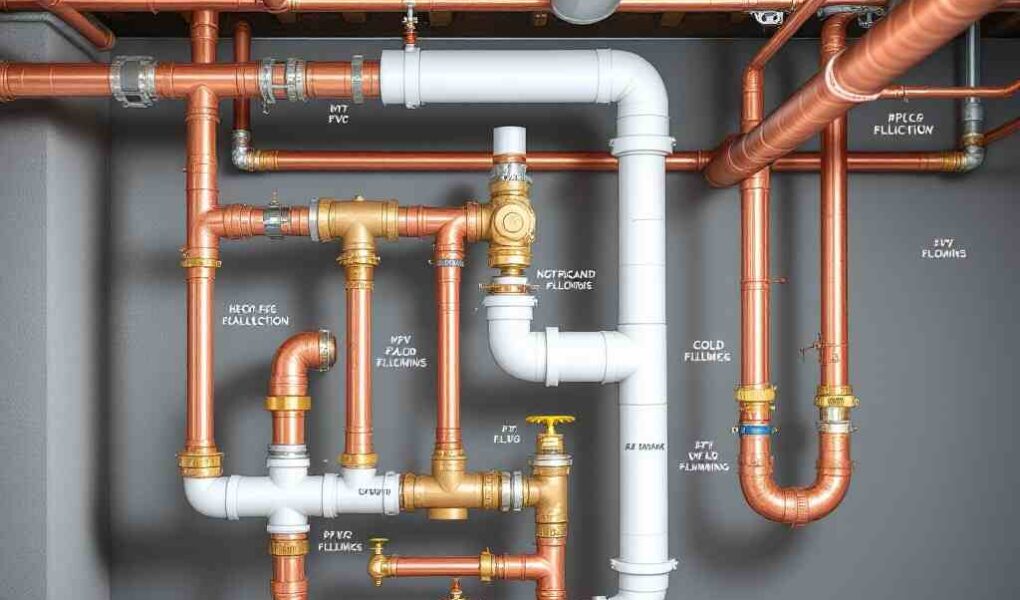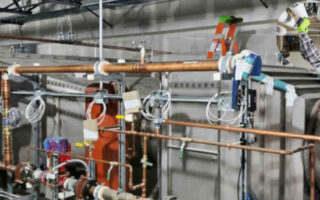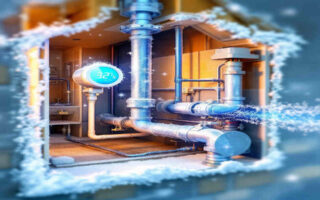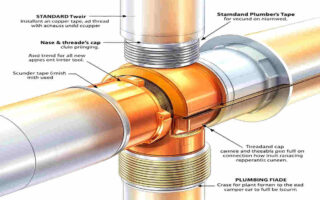Plumbing is one of the most essential systems in any home. From ensuring water flows smoothly through your faucets to preventing leaks and clogs, understanding plumbing can save you money and frustration. At some point, every homeowner encounters common plumbing issues—a leaking faucet, a clogged drain, or a running toilet. While these problems may seem daunting, they are often simple enough to fix with a little know-how.
1. Understanding the Basics of Plumbing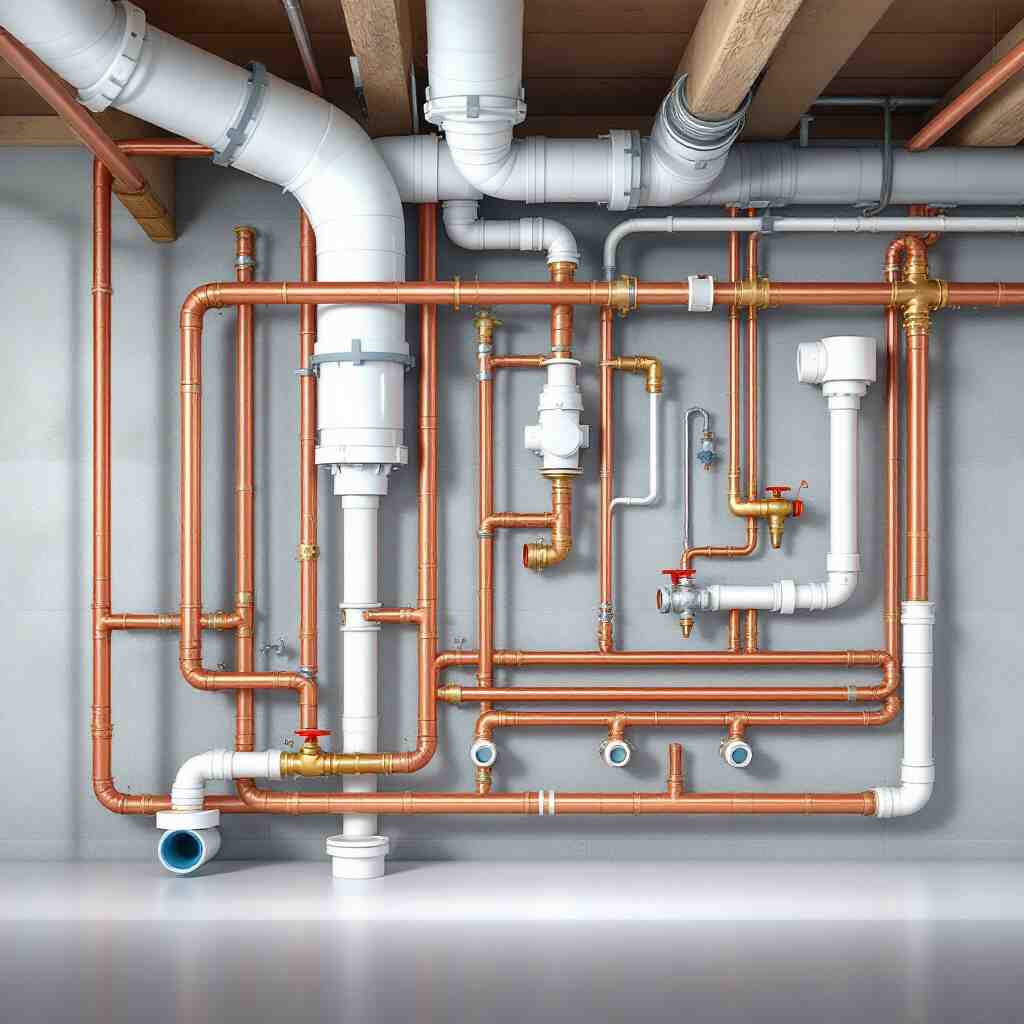
Before you grab a wrench, it’s important to understand how plumbing works. Your home’s plumbing system is a network of pipes, valves, and fixtures that bring clean water in and carry wastewater out. Understanding this system is the foundation for any DIY plumbing project.
What Is Residential Plumbing?
Residential plumbing refers to the water supply and drainage systems in a home. The system consists of two main parts:
- Water Supply System: Delivers fresh water to your faucets, showerheads, and appliances.
- Drain-Waste-Vent (DWV) System: Removes wastewater and keeps harmful gases out of your home.
How Plumbing Systems Work
Here’s a simplified breakdown of how the plumbing system in your house functions:
- Supply Lines: Pipes that deliver clean water into your home under pressure.
- Drainage Pipes: Pipes that remove used water or waste through gravity.
- Fixtures: Endpoints like faucets, toilets, and showerheads where water is accessed.
- Shut-Off Valves: Allow you to stop water flow to specific fixtures or the entire system in case of repairs or emergencies.
Why Foundational Knowledge Matters
When you understand how the plumbing system works, you’re better equipped to identify issues, troubleshoot problems, and confidently take on DIY tasks. This knowledge also helps you avoid costly mistakes like improperly connecting pipes or using the wrong materials for repairs.
Essential Plumbing Tools for Beginners
Having the right tools is crucial for any plumbing project. Investing in a basic plumbing toolkit saves time and ensures that you can handle different tasks effectively.
Must-Have Plumbing Tools
Here are some tools every homeowner should have:
Tool Purpose
Pipe Wrench For gripping and turning pipes or fittings.
Adjustable Wrench Versatile tool for tightening or loosening nuts and bolts.
Basin Wrench Specifically for tightening or loosening nuts under sinks.
Plumbers’ Pliers Useful for gripping and holding pipes securely.
Plumbing Snake Used to clear clogs in drains and toilets.
Pipe Cutter Cuts through copper or PVC pipes with precision.
Teflon Tape Seals threaded pipe joints to prevent leaks.
Plunger Essential for unclogging toilets and sinks.
How to Choose Quality Tools
When shopping for plumbing tools, look for:
- Durability: Choose tools made of high-quality materials like steel.
- Comfort: Opt for ergonomic handles to reduce hand strain.
- Versatility: Tools that can handle multiple tasks are a great investment.
Where to Buy or Rent Tools
You can find plumbing tools at local hardware stores, big-box retailers, or online. If you’re only tackling a one-time project, renting tools from a hardware store might be cost-effective.
Safety Precautions and Best Practices
Plumbing may seem straightforward, but it comes with its share of risks. Following safety precautions ensures that you avoid accidents and costly mistakes.
Shut Off the Water and Power
Before starting any plumbing work, always turn off the water supply to the affected area. For projects involving electrical systems (e.g., water heaters), shut off the power.
Use Protective Gear
Wear gloves, goggles, and knee pads to protect yourself from sharp tools, water damage, or harmful chemicals. Proper ventilation is also crucial when using adhesives or working in confined spaces.
Know Your Limits
Sometimes, it’s better to call in a professional. If a project involves gas lines, major pipe replacements, or plumbing code compliance, don’t hesitate to seek expert help.
Learning Resources: How to Start Your Plumbing Education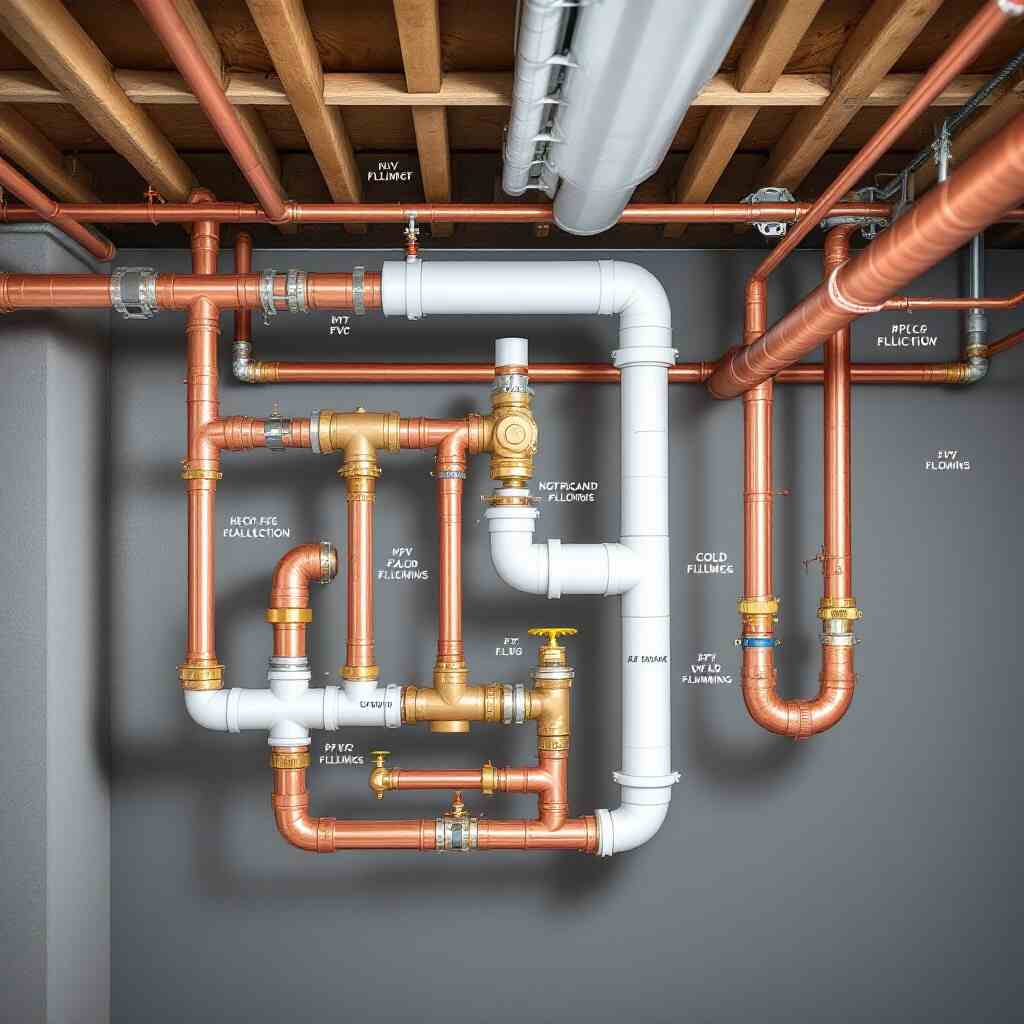
Learning plumbing doesn’t have to be intimidating. With many resources available, you can easily educate yourself and build hands-on experience.
Online Courses and Tutorials
Platforms like YouTube and Udemy offer step-by-step tutorials for beginners. Look for channels or instructors with high ratings and detailed explanations.
Books and Manuals
Books like The Complete Guide to Plumbing provide in-depth knowledge about tools, techniques, and troubleshooting.
Community Workshops and Trade Schools
Many community colleges offer short basic plumbing courses, including hands-on practice. Attending workshops or joining DIY forums can also help you learn from experienced homeowners.
Step-by-Step Guide: How to Do Plumbing in a House
Preparing for Your First Project
- Assess the Issue: Determine whether you’re fixing, replacing, or installing something.
- Gather Tools: Assemble the necessary tools and materials before starting.
- Read Instructions: Review diagrams or tutorials to understand the process.
Common DIY Plumbing Tasks
Here are some beginner-friendly tasks to get you started:
- Fixing a Leaky Faucet: Replace worn-out washers or O-rings.
- Unclogging Drains: Use a plunger or plumbing snake to remove blockages.
- Replacing a Faucet: Install a new faucet by following the manufacturer’s instructions.
- Installing a Showerhead: Screw on the new fixture with Teflon tape for a secure fit.
Advanced Projects for the Ambitious DIYer
Once you’re confident, you can try:
- Replacing sections of copper or PVC pipes.
- Adding shut-off valves to fixtures.
- Soldering copper pipes (always prioritize safety).
Troubleshooting and Maintenance Tips
Regular maintenance can prevent most plumbing problems. Here are some tips:
- Check for Leaks: Inspect pipes and fixtures periodically.
- Prevent Clogs: Avoid flushing non-degradable items and use drain strainers.
- Winterize Pipes: Insulate exposed pipes to prevent freezing in winter.
Mistakes to Avoid When Doing Plumbing in a House
Avoid these common errors to save time and money:
- Over-Tightening Fittings: This can cause cracks or leaks.
- Using the Wrong Materials: Always choose the right pipes and connectors.
- Skipping Leak Tests: Test your work before closing walls or turning on water.
When to Call a Professional Plumber
Sometimes, a problem is too complex or risky for DIY solutions. Call a professional if you encounter:
- Burst pipes or major leaks.
- Sewer backups.
- Projects requiring permits or compliance with local codes.
You may also read (drawing a free plumbing riser diagram for a house)

